How Falling 50 Feet Off El Capitan Tested My Limits—and Why I Risked It All to Climb Again
Ever wonder what it takes to break every limit you’ve ever set for yourself—both physically and mentally? As a professional rock climber, I’ve tackled some serious giants like Everest and Cho Oyu, but nothing quite prepared me for the beast that is El Capitan in Yosemite. This isn’t just any climb—it’s the 3,000-foot granite titan that’s been the proving ground for legends, including the astonishing feat of Alex Honnold’s free solo ascent spotlighted in Free Solo. In 2015, I conquered the Golden Gate route over six long days, but then I thought—why not crank that challenge up to doing it all in just under 24 hours? Only a handful have ever pulled it off. What followed was a journey packed with grueling training sessions, heart-stopping near-misses, and a fall that could’ve ended it all. But here’s the kicker: the climb wasn’t just about scaling rock; it was about facing fear, embracing failure, and learning when to hold on—and when to let go. Ready to dive deep into what it really means to chase a seemingly impossible dream? LEARN MORE
As a professional rock climber, I’ve spent my career pushing myself to new limits. I’ve won national championships, competed in world cup competitions, and summited some of the most iconic peaks in the world, including Mount Everest and Cho Oyu. But nothing was as challenging—mentally or physically—as free climbing El Capitan in a day.
Every rock climber knows this famous wall in Yosemite, California. It’s the biggest, steepest, most difficult, and most beautiful granite face in the world. For decades, climbers have flocked to this 3,000-foot rock formation to test themselves. Some of the most groundbreaking achievements in our sport have happened on El Cap, including Alex Honnold’s climb to the top with no protective equipment, which was the subject of the award-winning documentary Free Solo.
As a climber, El Cap is where I went to push myself in the sport. In 2015, at 28, I climbed the Golden Gate route up El Cap over six days. When I was trying to figure out what project to take on next, I decided I wanted to try to climb the same exact route in under 24 hours. Very few people can free climb up there, let alone free climb a route in one day. In fact, only three other people have ever done it. I knew I’d have to really level-up in order to get to that point, and I thought that it would be a cool show of progression as a rock climber.
Training for this goal was a bit complex because it demanded immense physical strength and technical capabilities along with a huge reserve of stamina to continue climbing at a high level for many hours. I spent many long days in the climbing gym honing my physical skills as well as days outside climbing on granite at my local climbing area (to mimic the granite of El Cap). I also practiced sections of the route itself, either climbing up from below or hiking around the back side and rappelling into the route to try the hardest parts.
I tried to climb Golden Gate in under 24 hours a total of only four times, and each time was the result of months of gym training and weeks of preparations on the route itself. My first attempt was sort of an exploratory mission; I knew the weather forecast was poor and I wasn’t totally prepared to succeed but I needed to find out what I needed to work on in order to progress. About two-thirds of the way up my energy ran out and a massive thunderstorm chased us off the wall.
My second attempt I came heartbreakingly close—failing just 300 feet below the summit on the final hard section called the “A5 traverse.” I needed to complete this section without falling in order to progress, but my arms could no longer hold on. I accepted defeat but realized in that moment that I was actually capable of achieving this goal.
Then, every climber’s worst fear happened to me.
On my third attempt, I fell 50 feet, hitting my head and losing consciousness.
The fall was scary—and it changed me as a climber. I remember waking up that day and not really wanting to climb; I was tired from the whole season, but there was a snowstorm coming that was probably going to close down climbing for the year. I had come super close on the previous attempt just weeks earlier, and I really wanted to get it over with.
I wasn’t in the right headspace. It was really cold and my feet were numb. I remember thinking that I was going to get to a specific stance to rewarm my toes. I hadn’t been placing very much protection because I was trying to move quickly and force myself to be fast. The granite on El Cap is glacial polished—meaning that it’s notoriously slick. It was super early into the climb; I was just on the first pitch of the route. Then, I slipped.
I had so much slack in the system that I hit the wall well before the rope could catch me, and I flipped upside down. I lost consciousness and when I came to I was in a lot of pain. I think it was much more traumatic for the people who were with me than it was for me because I was so out of it. I remember being really afraid that I had a back injury, which turned out to be not true. I didn’t have any serious injuries. I got unbelievably lucky.
It was so scary, and it was hard to wrap my brain around going back up there. But at the same time, I felt like it wasn’t just a random accident that was out of my control; I could look back and see all the red flags that led up to that moment. I didn’t need to take this much risk in order to achieve this goal. I didn’t need to be climbing so fast. I did need to show up and really want to climb that day.
Despite the potentially fatal fall, I was committed to my goal and had learned a lot about how to get there.
When I tried again a year later in November of 2020, I felt like there was no way I was going to be more ready. I felt like I’d finally prepared well enough to be successful. I felt calm and relaxed and excited and confident on that day, which is very different from how I felt the year before on my third attempt. I’d done everything I could do, and it was just time to go climbing.
I climbed my very best that day: calm and controlled and confident. I also had the best team around me to support me up the wall, including Honnold, who knows El Cap so well. Nonetheless, 3,200 feet of climbing still left room for plenty of error. I made one mistake high up on the wall that resulted in a bad fall. I wanted to give in and quit at that point but my partners convinced me to continue. From that point on I flowed perfectly up the wall.
The summit was surreal. It was so quiet and there were just a few people up there with me. It’s a bit of a roller coaster when you achieve your dreams. There’s a lot of joy, but there’s also a little bit of sadness, and there’s a little bit of relief. There’s obviously exhaustion, and then there’s the come down after all of it. I remember feeling really elated, but also a bit sad. Now it’s over. What am I going to do?
Today, my relationship to climbing is different than it was, and I’m no longer as afraid to fail.
I’ve learned that it’s okay to back off, it’s okay to not want to take as much risk, and it’s okay to say no on the day if it doesn’t feel right. As a culture, we shy away from failure; we don’t even like to admit that we fail. But failures are where all the good stuff happens.
I hope that people who watch Girl Climber, the documentary that follows my journey climbing Golden Gate in 24 hours, can lean into the idea that trying hard, even if the outcome is not successful, is a very valuable experience to have. Even if those goals entail struggle, fear, discomfort and failure, it’s a worthy human experience that changes you for the better.
Rock climbers are good at failing. We fail 99 percent of the time. The amount of times that we get to succeed is so small that if you want to be a good rock climber and stay in the sport, you better enjoy the failure part of it because that’s the majority of what you’re doing.
For so many people, having a kid puts things into perspective for you—especially high-risk goals.
I’m glad that I did Golden Gate when I did, because now I have my family and my son, Aaro. It’s easy to say that your life doesn’t stop when you have kids, and you can still climb and you can still do all the things you love. But it is different. It does change. I used to pour absolutely everything into climbing: my time and energy and motivation. It’s my passion and career and for a while I tied my identity and self worth to it. Now I have more responsibilities, other important things that demand my time and energy, and other ways I identify myself other than “climber.”
It’s been refreshing and a bit liberating to feel this shift and transition. I’m still learning and struggling with the balance everyday, but it’s a welcome struggle and something that is teaching me new lessons all the time.
I thought that this transition of starting a family would be a negative thing for my climbing —and even though exactly what I was afraid of happened, I’m better than okay. I heard the professional freeskier Cody Townsend, who’s a dad and a friend of mine, say that there are things that he probably could still do, but the amount of risk they entail versus the value he’s going to get out of them just isn’t what it used to be.
It’s the same for me. I don’t like doing things that carry as much risk anymore because the experience of doing that thing just isn’t as valuable to me now. I discovered that I can find ways to challenge myself that don’t entail as much risk, and I’m really comfortable with that. I didn’t have to be afraid of this change.
I’ve been back to Yosemite basically every year since our son was born. I just haven’t climbed El Cap because it’s such a big commitment, but I’ve taken on other climbing projects and had so much fun. These days, we’re rock climbing as a family, traveling, skiing, and learning to surf.
Still, I do want to go back to El Cap. I’d love to do another route, maybe over multiple days. When I watch Girl Climber, I get really excited again, and I know that there’s still a lot more for me to accomplish in my next era.
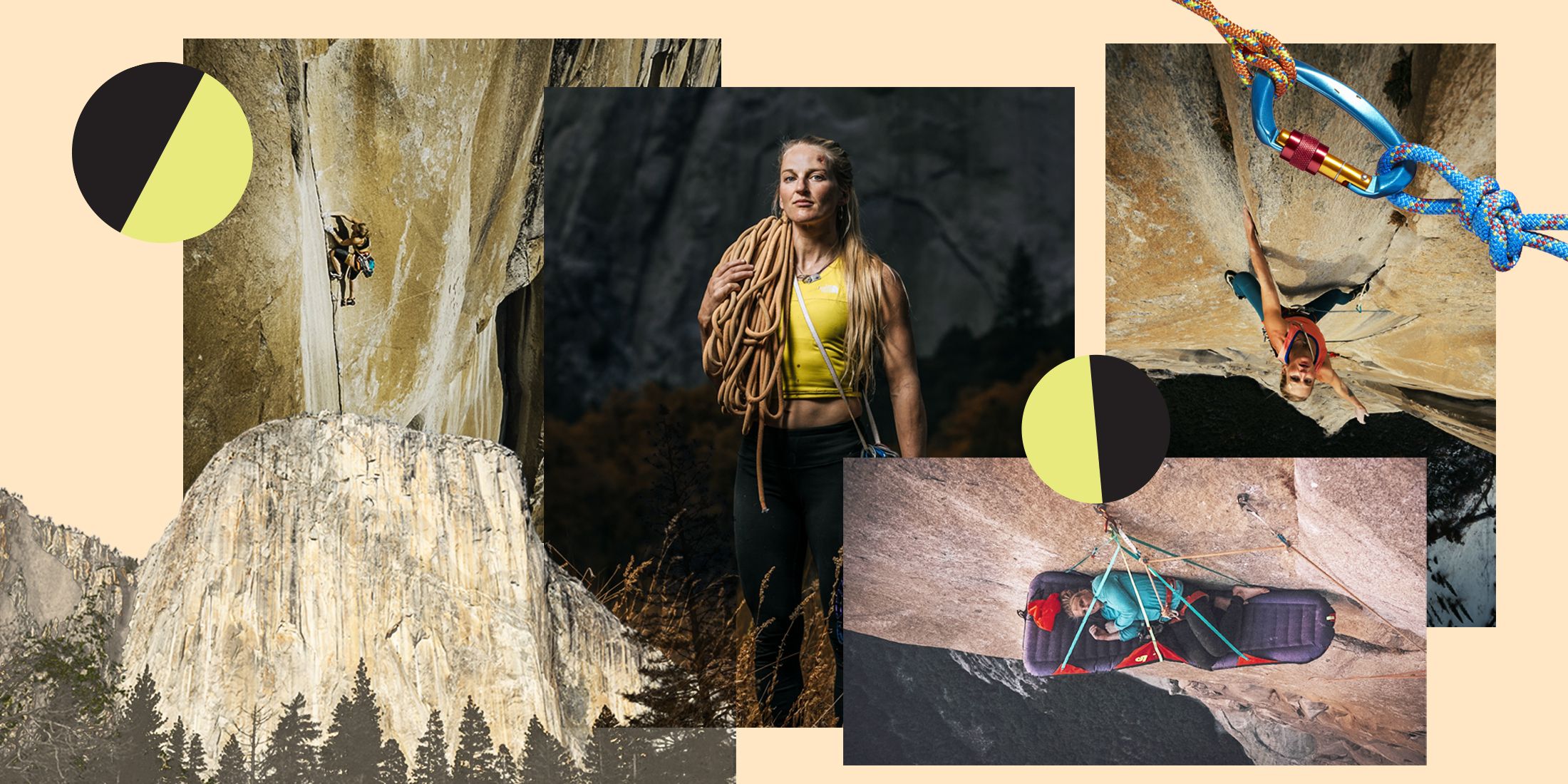




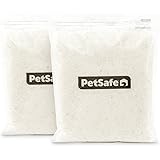


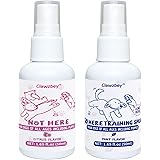



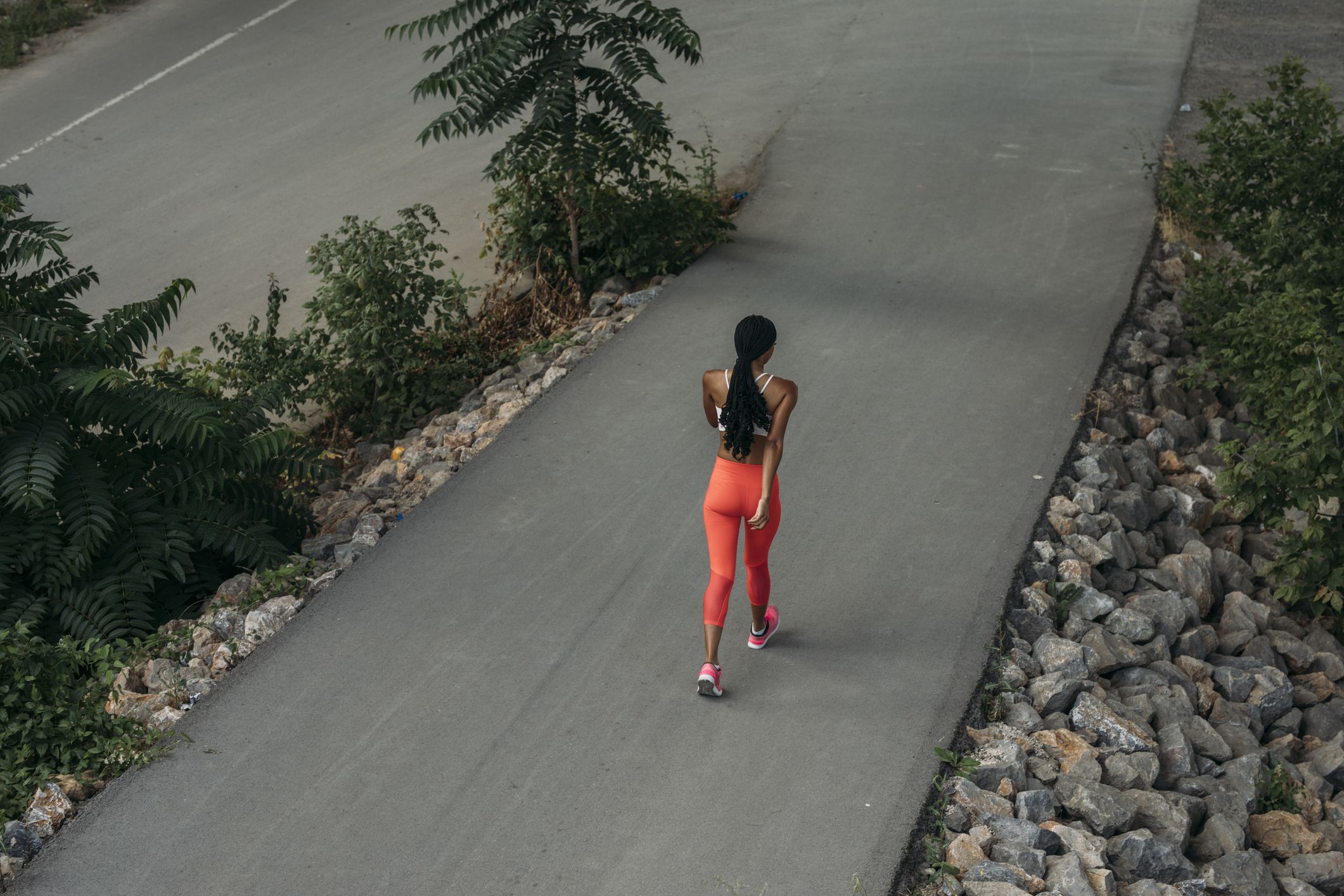


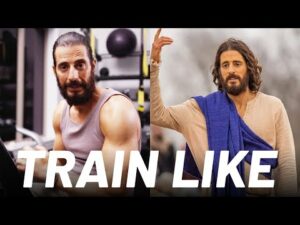

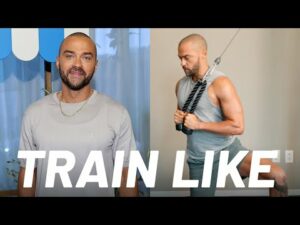






Post Comment